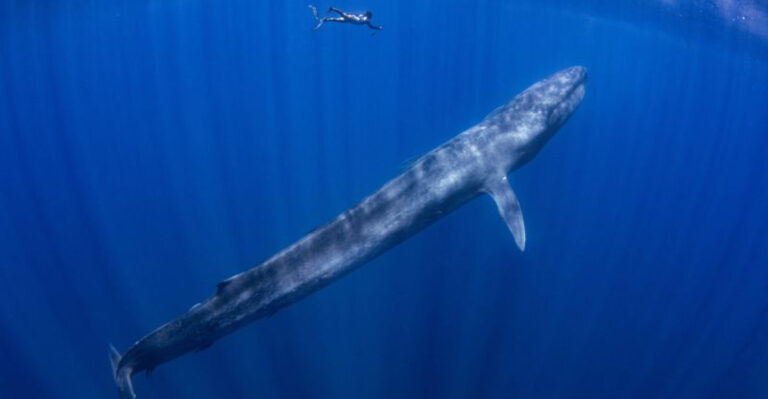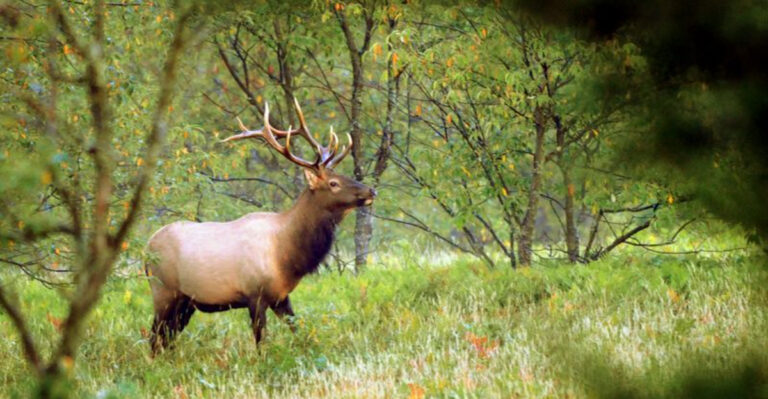19 Animals Without Legs That Still Get Around Just Fine
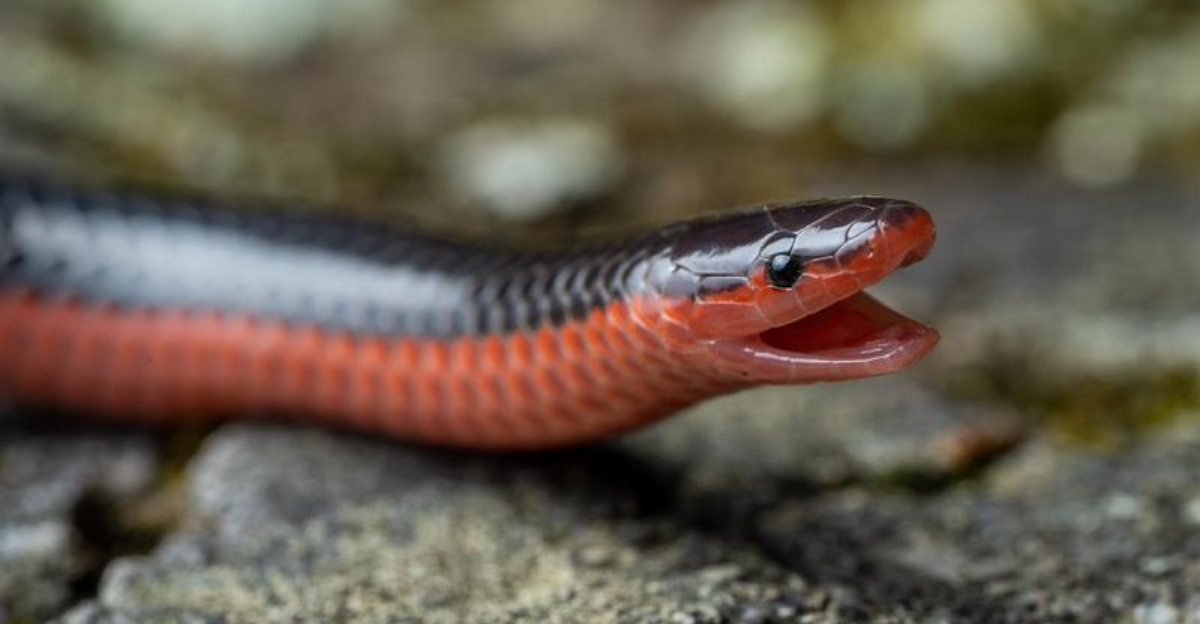
The animal kingdom has some real oddballs, and legless creatures are among the coolest of them all. Who needs legs when you can slither, slide, or swim like a pro?
Nature clearly had some fun with these ones—let’s check out the wildest legless animals from around the world!
1. Sea Cucumber
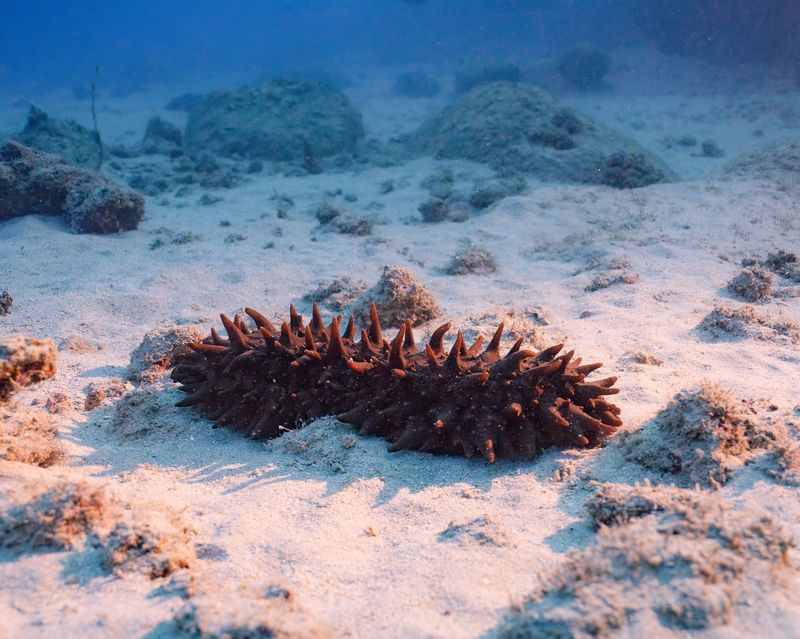
Sea Cucumbers may look like squishy blobs, but they’re ocean-floor MVPs! These legless relatives of starfish and sea urchins help keep the seafloor clean.
They munch on sand, filtering out organic goodies as they go. And get this—they can eject their guts to scare off predators and then grow them back!
Found all over the world, they’re vital for marine health and even valued in food and medicine. Not bad for a creature that looks like a sea sausage!
2. Glass Snake
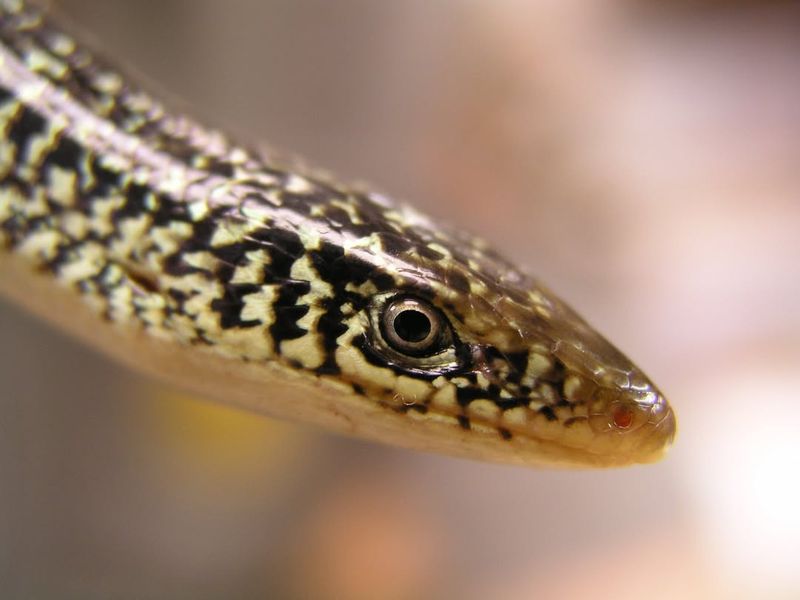
The Glass Snake isn’t actually a snake—it’s a legless lizard with a sneaky name! You’ll find it slithering through fields and grasslands across Europe and Asia.
Unlike real snakes, it has eyelids and little ear openings, which totally gives it away. But the coolest part?
When danger strikes, it can drop its tail like shattered glass to make a quick getaway.
This camouflage expert loves snacking on insects and tiny critters, helping keep nature in balance.
3. Caecilian
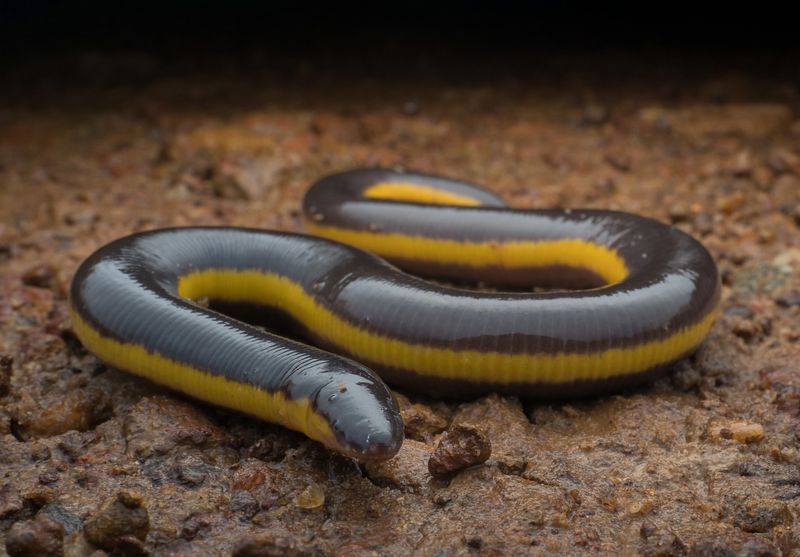
Caecilians are strange little creatures that look like worms or snakes, but they’re actually amphibians!
You’ll find them hiding out in tropical spots across Africa, Asia, and the Americas.
They’re pros at burrowing, with strong skulls and slippery, mucus-covered skin that helps them move through soil.
Most of the time, they stay underground where it’s cool and damp.
Some lay eggs, others give birth to live babies—pretty wild, right?
4. Slowworm
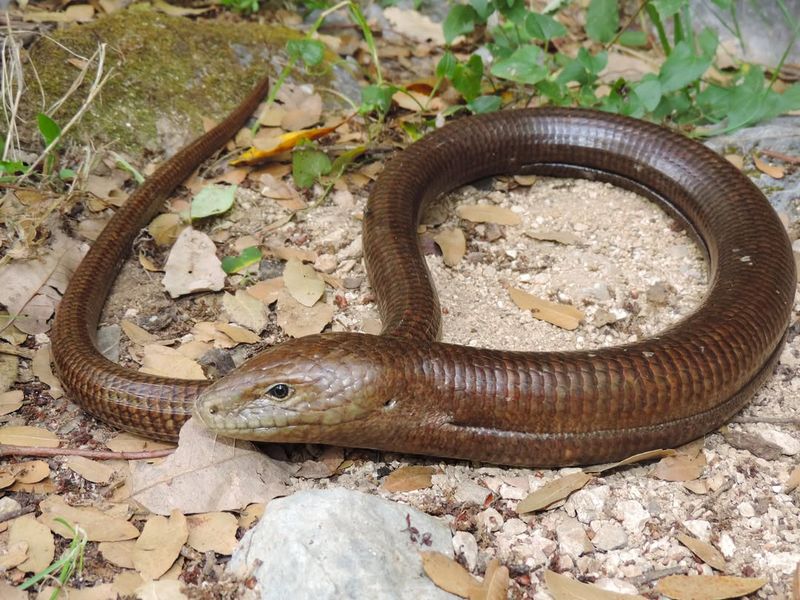
The Slowworm is a legless lizard that looks a lot like a snake—but it can blink, which snakes definitely can’t! That little eyelid trick gives it away.
These shy creatures love damp spots like gardens, woodlands, and grassy areas, often hiding under rocks or logs. They’re rarely seen during the day.
They snack on slugs and insects, making them a gardener’s best friend. And if danger comes knocking? They can drop their tail and make a sneaky escape!
5. Legless Lizard
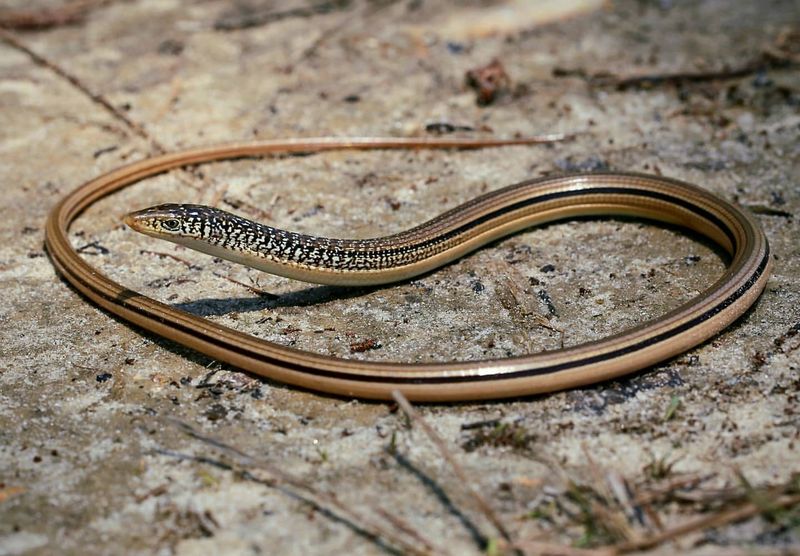
Legless lizards may look like snakes, but they’re in a class of their own! They’ve still got eyelids and little ear openings—definitely not your average reptile.
You’ll find them in deserts, forests, and grasslands across Australia and the Americas. Their sleek, limbless look is all about adapting to the terrain.
They munch on insects, spiders, and other tiny critters. And yes, they’re great at keeping bug numbers in check!
6. Hagfish
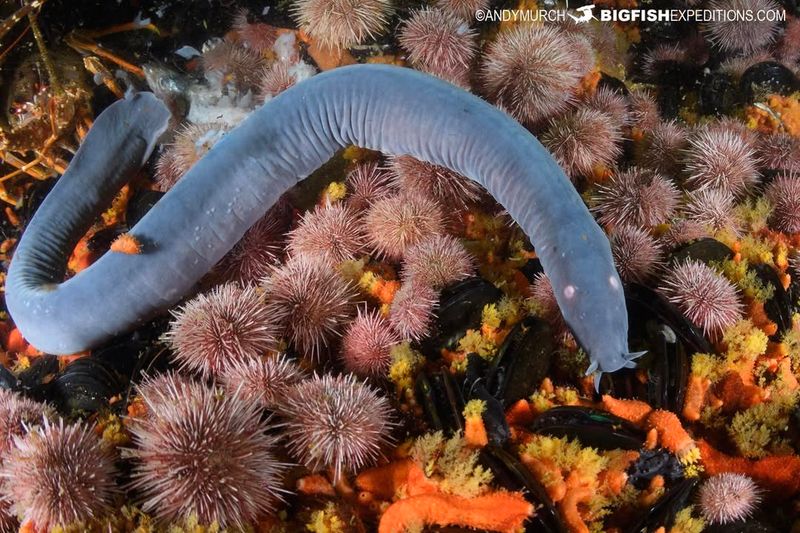
Hagfish, often called “slime eels,” are deep-sea oddballs known for their gooey defense trick. When threatened, they release loads of slime to slip away from predators.
These legless scavengers use a toothed tongue to dig into dead or dying fish—gross, but super important for ocean clean-up. They’re like nature’s underwater janitors.
Unusual looks aside, hagfish help keep marine ecosystems healthy. Plus, their slime might even be useful in medicine and industry someday!
7. European Eel
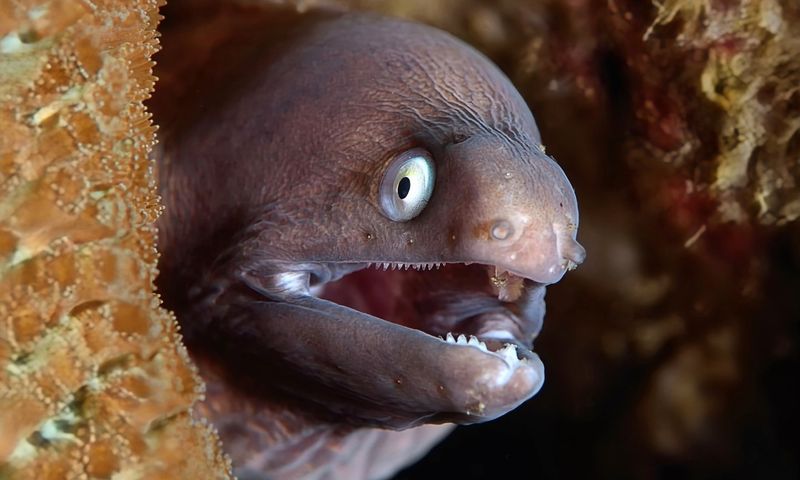
The European Eel has one of the wildest travel stories in the animal kingdom! Born in the Sargasso Sea, it swims all the way to European rivers—thousands of miles away.
As it grows, it goes through some seriously cool stages, like the see-through larval phase.
Once it’s all grown up, it heads back to where it started to spawn and then, sadly, die.
Its long, slippery body makes it a pro swimmer and a sharp predator of fish and invertebrates.
8. Blind Snake
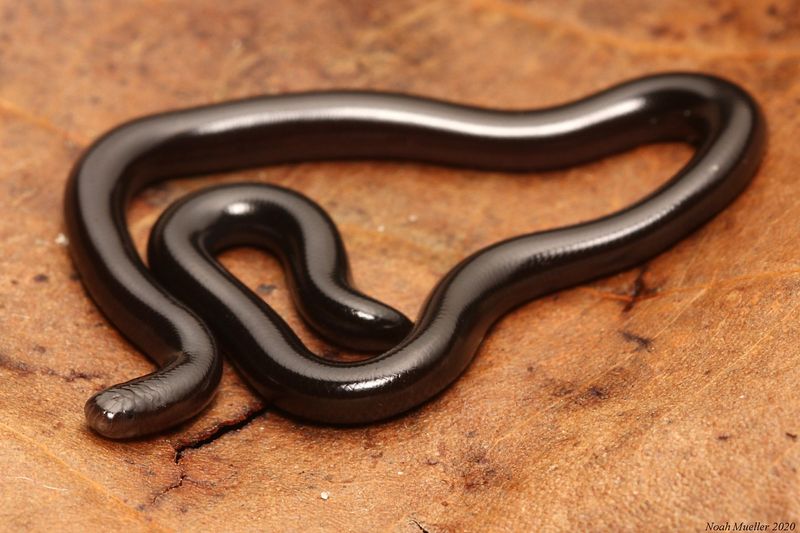
Blind Snakes look a lot like earthworms, but they’re actually tiny, legless reptiles! You’ll find them in warm places all over the world, living underground.
They barely use their eyes—some don’t even have them—and instead rely on touch and smell to get around. Their smooth, shiny scales make sliding through soil a breeze.
Their go-to meal? Ants and termites! They’re small but mighty when it comes to keeping insect populations in check.
9. Lamprey
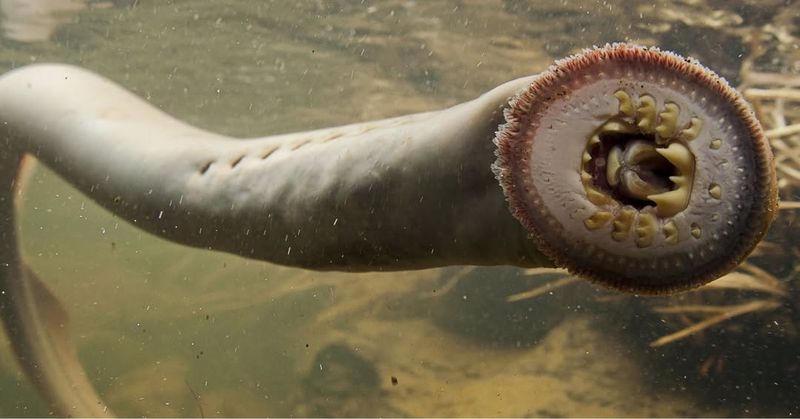
Lampreys are ancient, jawless fish with long, eel-like bodies and some seriously spooky mouths. Those circular suckers packed with teeth are built for latching onto other fish.
They feed by attaching to their hosts and drinking blood—yep, nature gets weird! Some species migrate between freshwater and the sea during their life.
While they might seem like villains, lampreys are both predators and prey in the food web. Love them or fear them, they’re key players in aquatic ecosystems.
10. Iberian Worm Lizard
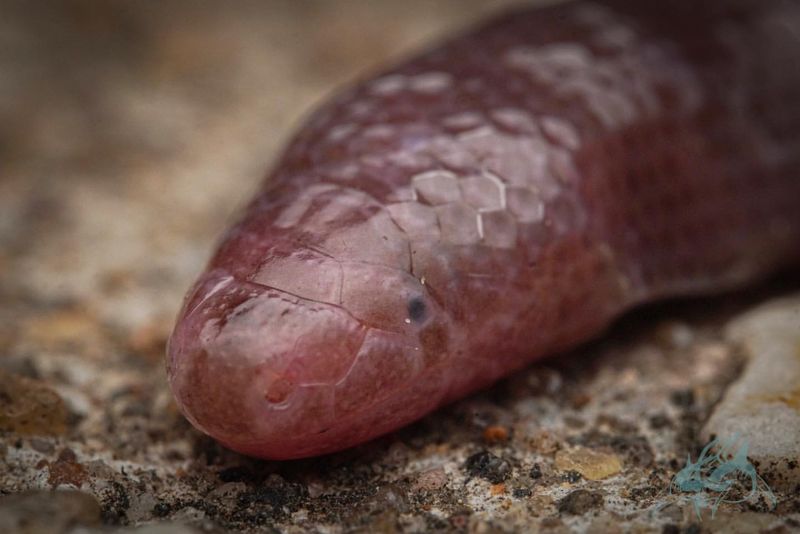
The Iberian Worm Lizard is a sneaky little reptile that lives in the dry, sandy spots of the Iberian Peninsula.
With its slim, worm-like body, it’s easy to mistake it for something you’d find in the garden!
Built for burrowing, its smooth skin helps it slide through soil like a pro. It’s a meat-eater too, snacking on insects, spiders, and other tiny invertebrates.
Even though it stays out of sight, it’s a big help in keeping bug numbers in check. Herpetologists love studying this secretive creature and its unique underground life!
11. Western Worm Snake
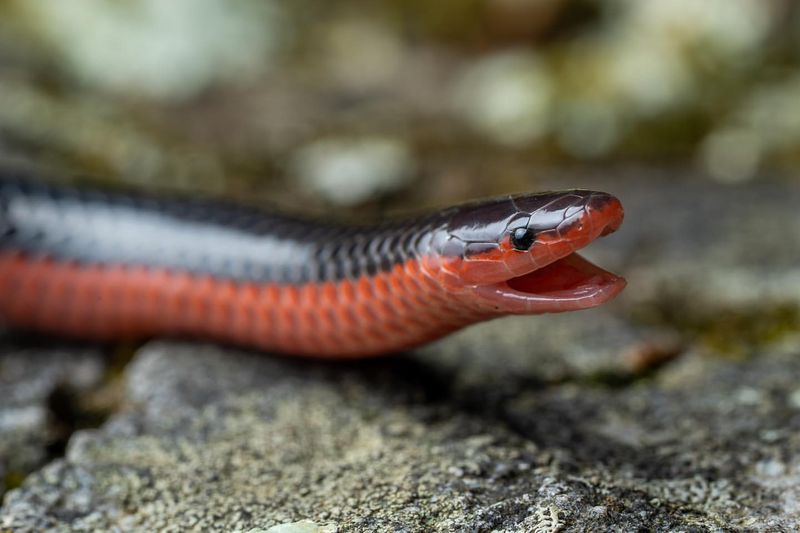
The Western Worm Snake is a tiny, secretive reptile from North America that looks a lot like an earthworm. Its pinkish body and burrowing habits make it easy to miss!
With a pointed head and smooth scales, it’s built for life underground. It mainly feeds on earthworms and insects—nature’s own pest control.
Though rarely seen, it plays a big role in keeping soil healthy and bug numbers down. For herpetologists, this little snake is full of fascinating surprises!
12. Banded Worm Snake
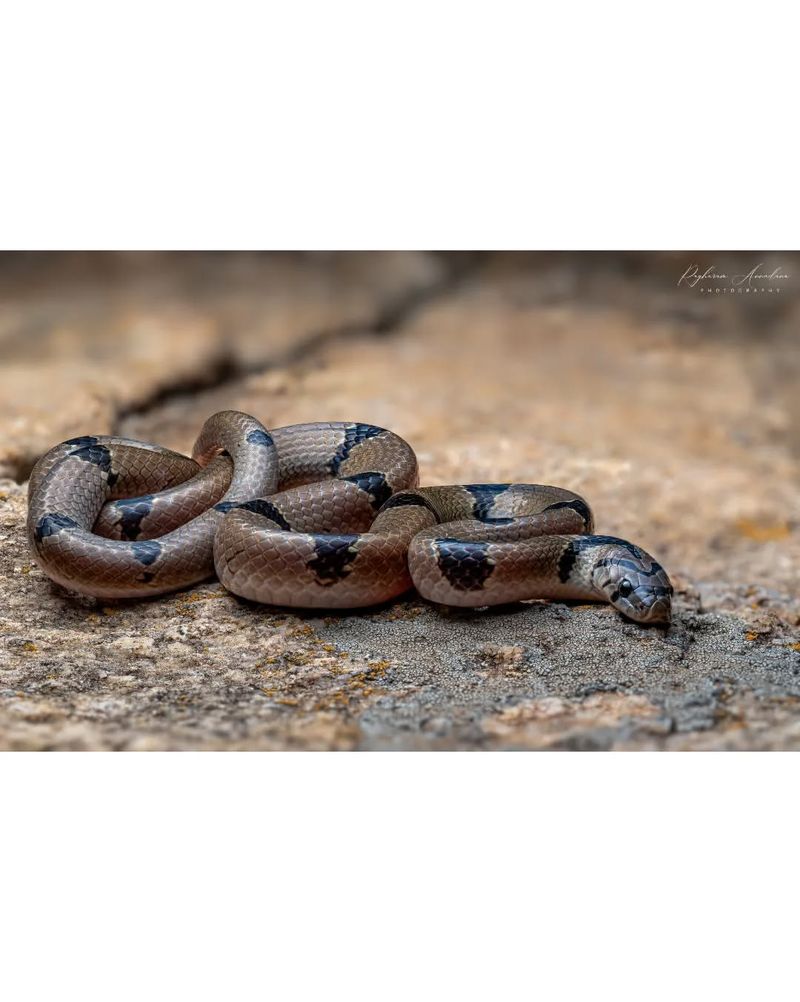
Banded Worm Snakes are tiny, legless reptiles with bold, colorful bands that make them stand out—if you can find them!
They’re often mistaken for worms and live mostly underground.
Built for burrowing, their smooth, narrow bodies glide easily through soil and leaf litter. Their favorite snack? Ants and termites!
These secretive little hunters might be small, but they’re big on keeping insect numbers in check.
13. Amphisbaenian
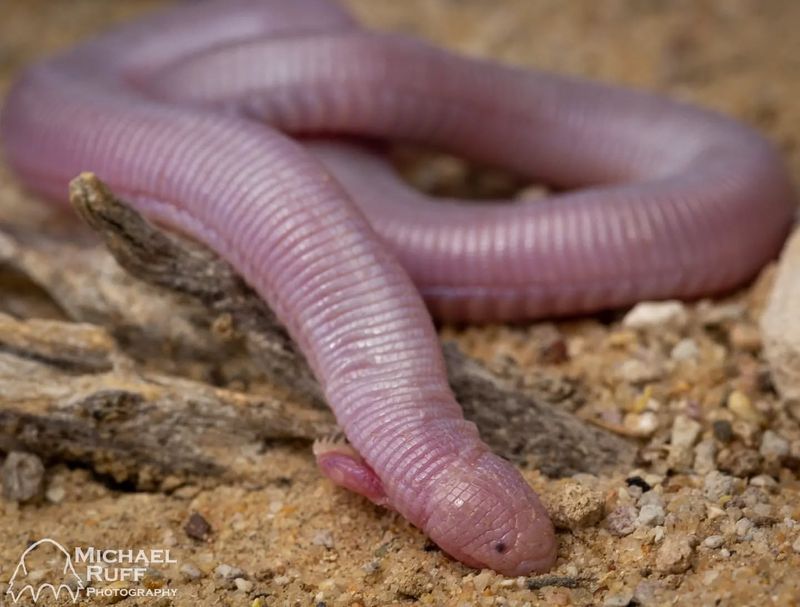
Amphisbaenians, also known as worm lizards, are bizarre little reptiles built for life underground.
With their segmented, worm-like bodies, they look like something out of science fiction!
They’ve got strong skulls for digging and a funky accordion-style movement that helps them wiggle through soil.
Their loose skin even lets them go forward or backward with ease.
They snack on insects and tiny critters, quietly helping control pests.
14. Ophisaurus
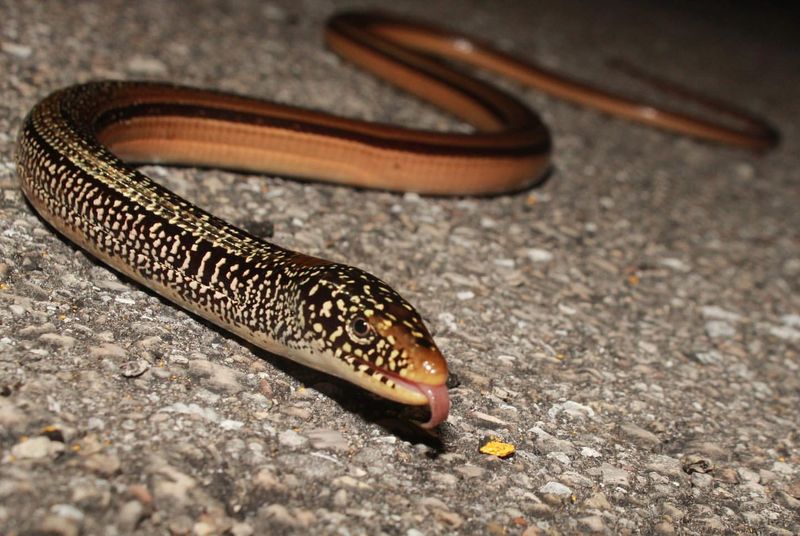
Ophisaurus, or glass lizards, may look like snakes, but they’re definitely part of the lizard crew! You’ll spot them across North America, Europe, and Asia.
They get their name from their cool trick—dropping their tail like shattered glass when danger strikes. Plus, they’ve got eyelids and ear openings, unlike real snakes.
Living in grasslands and forests, they munch on insects and small critters. These legless wonders are nature’s pest patrol and a fascinating example of evolution in action!
15. Mexican Mole Lizard
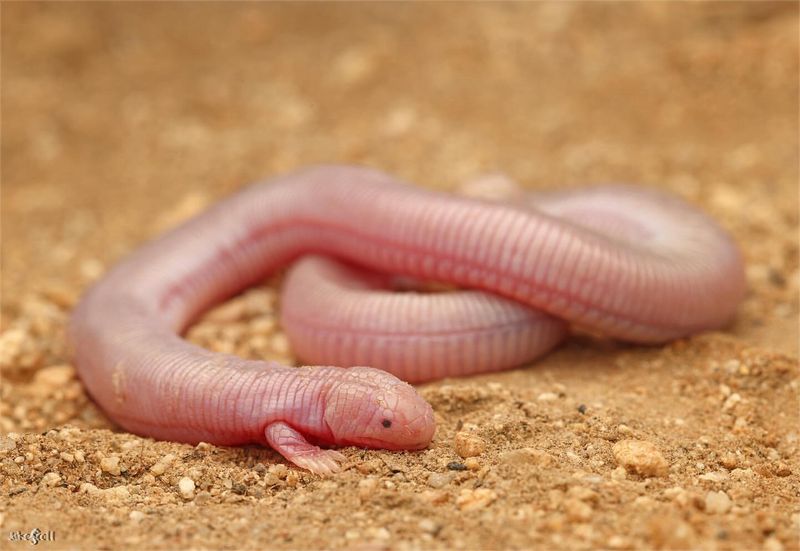
The Mexican Mole Lizard is a bizarre but fascinating creature found only on the Baja California Peninsula.
Despite the name, it’s not really a mole or a true lizard—it’s in a league of its own!
This legless burrower has a stretchy skin that moves separately from its muscles, helping it glide through the soil with ease.
Its blunt head works like a tiny shovel underground.
It dines on insects and larvae, keeping pesky soil critters in check.
16. Asian Glass Lizard
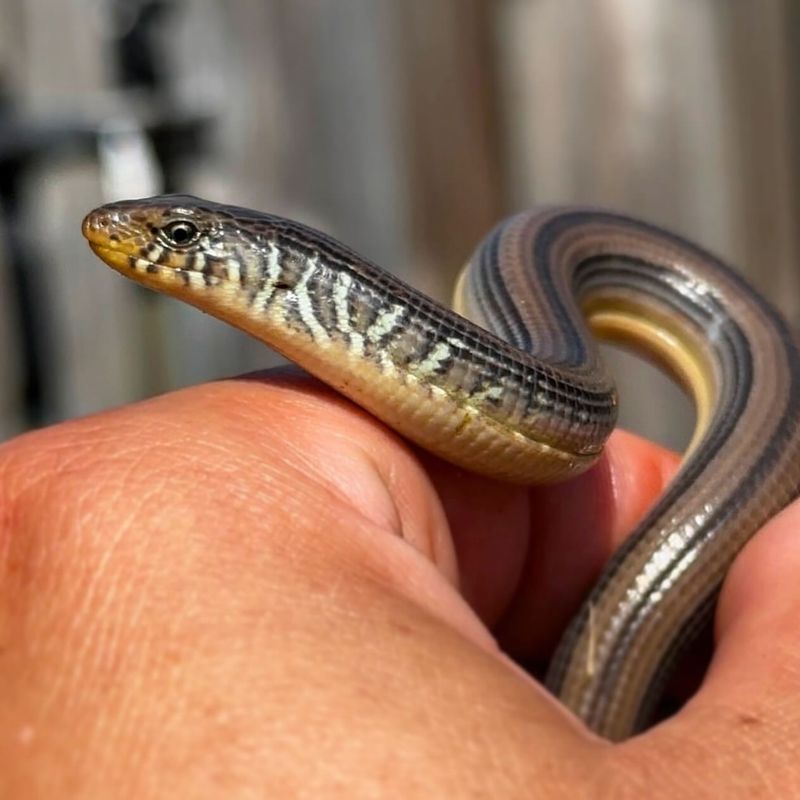
The Asian Glass Lizard is a legless reptile from Southeast Asia that looks like a snake—but it’s actually a lizard!
You can tell by its ear openings and eyelids, which snakes don’t have.
It lives in forests, grasslands, and scrublands, munching on insects and small mammals. When threatened, it can drop its tail to make a quick escape—pretty clever, right?
17. Rubber Boa
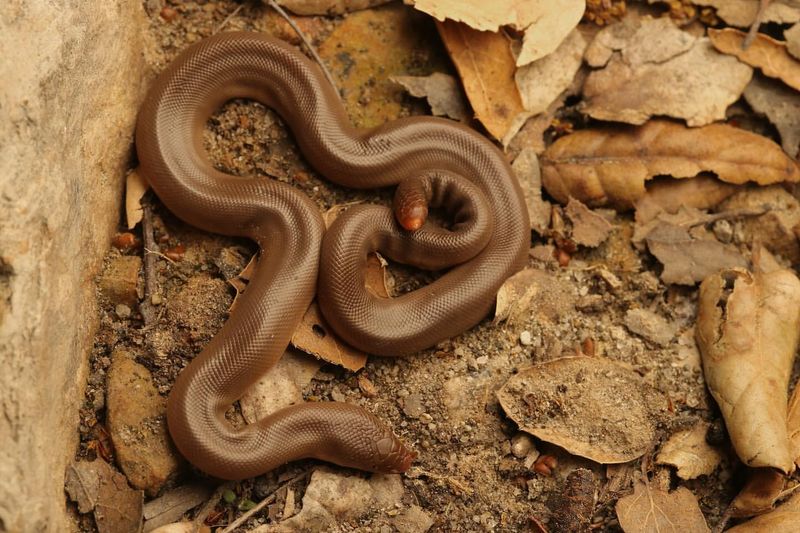
The Rubber Boa is a small, gentle snake with smooth, rubbery skin that gives it its name. Found in cool forests across North America, it’s great at blending into its surroundings.
Flexible and sneaky, it slips through tight spaces to hunt small mammals and birds, which it wraps up and swallows whole.
It’s a favorite among snake lovers thanks to its calm nature and unique look. And while it’s often out of sight, it’s hard at work keeping rodent numbers in check!
18. Velvet Worm
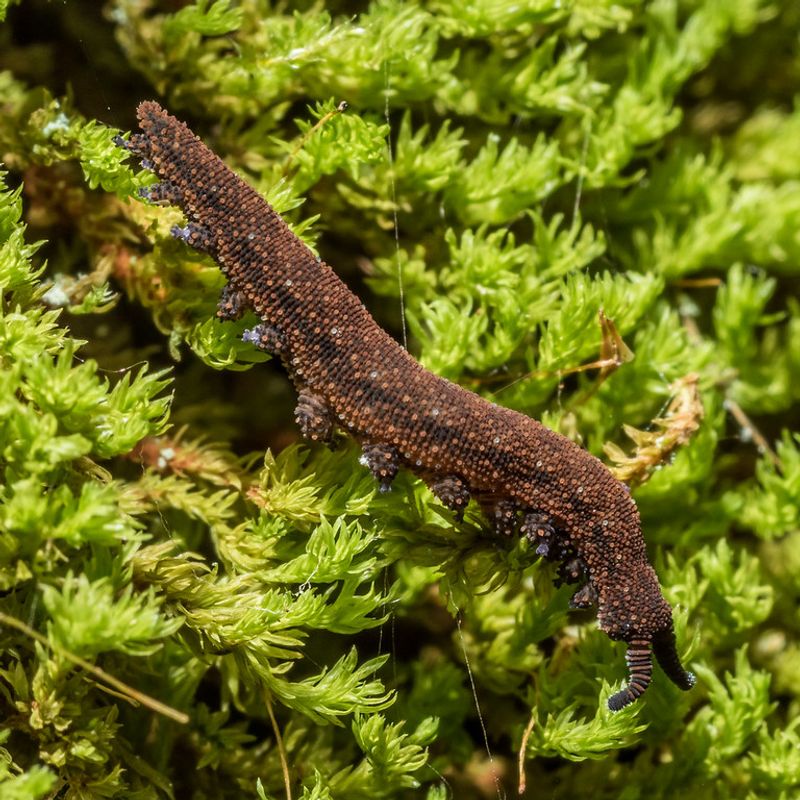
Velvet worms look soft and squishy, but don’t let that fool you—they’re ancient predators with serious skills. Found in tropical forests, they move gracefully on dozens of tiny legs.
Their secret weapon? A quick shot of sticky slime that traps prey in an instant.
Though they resemble worms, they’re actually more closely related to arthropods.
With their bizarre looks and deep evolutionary roots, velvet worms are like a time machine back to Earth’s earliest creatures.
19. Golden Skink
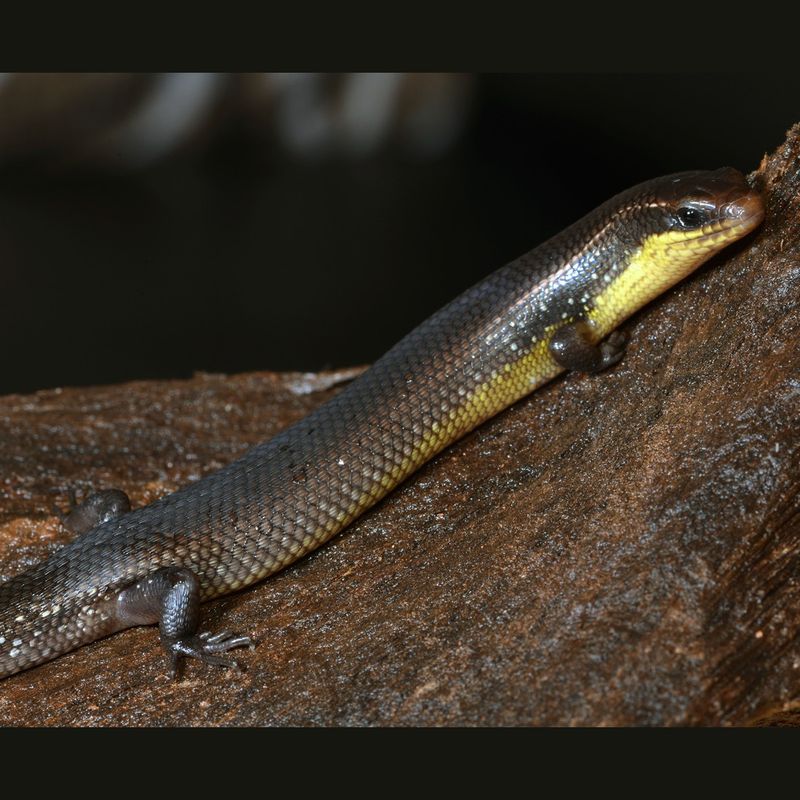
The golden skink is like a living piece of jewelry, shimmering with golden hues as it glides through the forest.
You’ll mostly spot it in Southeast Asia, where sunlight filters through the trees and makes it nearly disappear into the underbrush.
Even without legs, this little reptile is impressively quick and agile. It dines on insects, snatching them up with sharp precision.
That eye-catching color? It’s more than just pretty—it helps it hide *and* scares off would-be predators.



